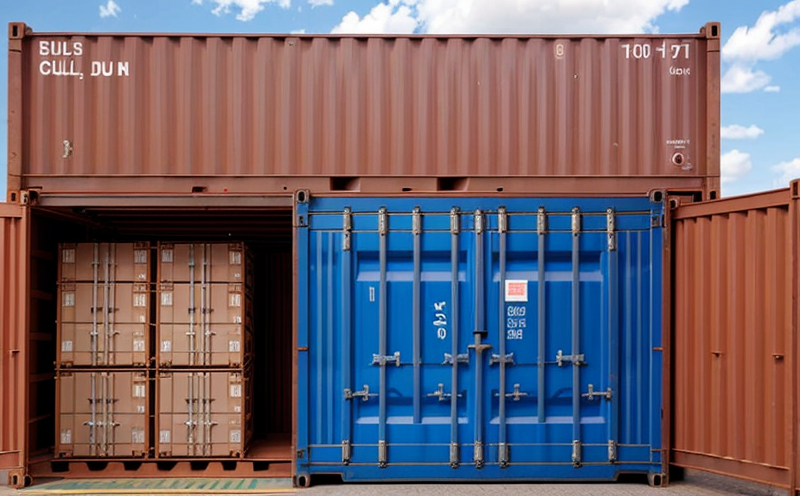USP Leachables Testing of Packaging Materials
USP Leachables testing is a critical procedure in pharmaceutical packaging and container closure system (CCS) evaluation. This service ensures that the materials used in packaging do not release substances into the product, which could potentially impact safety or efficacy. The USP Pharmacopeial Convention, a set of official compendia for medicines, provides standards to ensure the quality, purity, and potency of pharmaceutical products.
The importance of this testing cannot be overstated. It is particularly crucial in ensuring that packaging materials do not leach harmful compounds into drug formulations or degrade product integrity over time. This service addresses compliance with USP General Chapter <618>, which specifies the methodology for evaluating the leachables of pharmaceutical products.
The testing process involves a series of steps designed to identify and quantify potentially hazardous substances that could be transferred from packaging materials into the drug product. This ensures adherence to stringent regulatory requirements, thereby protecting public health. In this article, we will delve deeper into the nuances of USP Leachables Testing for Pharmaceutical Packaging Materials.
The process begins with a comprehensive review of the packaging material's composition and intended use. This is followed by rigorous laboratory testing that simulates real-world conditions to predict potential leaching scenarios. The methodology includes dissolution studies, extraction procedures, and analytical techniques like HPLC (High-Performance Liquid Chromatography), GC (Gas Chromatography), or ICP-MS (Inductively Coupled Plasma Mass Spectrometry).
Key considerations include the choice of solvents, temperature conditions, and exposure times that most closely mimic actual storage conditions. The results from these tests are then compared against established USP limits to ensure safety margins are maintained.
| Parameter | Description |
|---|---|
| Dissolution Studies | Evaluation of how well a substance dissolves in different solvents. |
| Extraction Procedures | Methods to extract potential leachables from the packaging material. |
| Analytical Techniques | Instruments used to measure and identify leachables. |
Why It Matters
The primary goal of USP Leachables Testing is to safeguard patient health by ensuring that no harmful substances are introduced into pharmaceutical products during packaging. The pharmaceutical industry operates under stringent regulations, and any deviation from these standards can have severe consequences for public safety.
- Regulatory Compliance: Adherence to USP standards ensures compliance with regulatory bodies like the FDA (Food and Drug Administration).
- Patient Safety: Preventing leachables from entering drug products protects patients from potential health risks.
- Product Integrity: Maintaining product integrity helps in preserving the efficacy of the medication over time.
Scope and Methodology
The scope of USP Leachables Testing for packaging materials includes a detailed examination of all components that come into direct contact with pharmaceutical products. This encompasses everything from the outermost layer to inner liners, seals, and closures.
| Component | Description |
|---|---|
| Outer Packaging | The outermost layer of the packaging. |
| Inner Liner | The innermost protective layer within the packaging. |
| Closure System | The mechanism used to seal and protect the product. |
The methodology involves several key steps:
- Material Review: Initial assessment of packaging materials for potential leachables.
- Dissolution Studies: Simulation of the dissolution process to identify leachable compounds.
- Extraction Procedures: Extraction of potential leachables using appropriate solvents and conditions.
- Analytical Techniques: Use of advanced analytical instruments to quantify identified leachables.
Competitive Advantage and Market Impact
Conducting USP Leachables Testing provides significant competitive advantages in the pharmaceutical industry. By ensuring compliance with stringent standards, companies can:
- Avoid Regulatory Penalties: Compliance reduces the risk of fines and other penalties from regulatory authorities.
- Increase Market Share: Demonstrated adherence to high-quality standards enhances brand reputation and customer trust.
- Enhance Product Safety: Proven safety margins reassure end-users about product quality.





